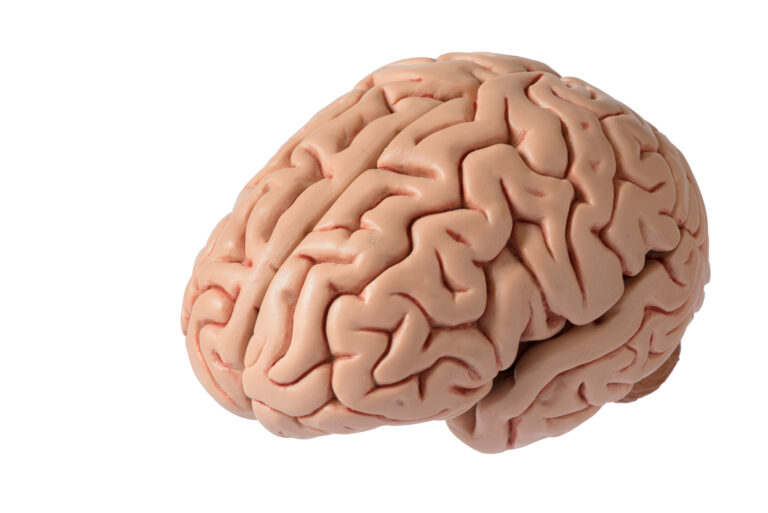The human brain is an extraordinary and complex organ that serves as the control center for all of our thoughts, actions, and bodily functions. It is also home to a diverse and intricate network of immune cells, known as microglia, which work to protect the brain from harm and keep it running smoothly. However, in certain neurological disorders, such as Alzheimer’s disease, these immune cells can go into overdrive and cause damage to the brain. Recently, researchers have made a groundbreaking discovery in understanding how these immune cells respond to a key player in Alzheimer’s disease – tau proteins.
Tau proteins are a normal part of the brain’s structure and function. They help support the structure of nerve cells and aid in the transport of nutrients and other important molecules within the brain. However, in Alzheimer’s disease and other neurodegenerative disorders, tau proteins become abnormally modified and clump together, forming tangles that disrupt the function of nerve cells. This leads to the characteristic symptoms of these diseases, including memory loss, confusion, and changes in behavior.
For many years, scientists have been trying to understand how the brain’s immune cells respond to these tau protein tangles. Microglia are known to play a crucial role in clearing out damaged or abnormal proteins in the brain, but it was unclear how they interacted with tau. In a recent study published in the journal Nature, a team of researchers at the University of Virginia School of Medicine has uncovered a breakthrough in our understanding of this process.
Using advanced imaging techniques, the researchers were able to observe how microglia respond to tau protein tangles in the brains of living mice. They found that when these tangles were present, microglia became highly activated and began engulfing and breaking down the tau proteins. However, this process was not without consequences. The microglia themselves became overwhelmed and started releasing toxic compounds that caused damage to neighboring nerve cells.
This discovery is significant for several reasons. First and foremost, it provides a much-needed explanation for the role of microglia in Alzheimer’s and other neurodegenerative diseases. Until now, there has been a lack of understanding about why these immune cells become overactive in these conditions. This study suggests that the microglia are trying to do their job of clearing out the tau protein tangles, but the excess of these tangles overwhelms them and causes them to release harmful substances.
Secondly, this breakthrough opens up new possibilities for treatment and prevention of these diseases. By understanding the role of microglia in Alzheimer’s disease, researchers can now focus on developing therapies that target this process. For example, drugs that can regulate the activation of microglia or enhance their ability to clear out tau protein tangles could potentially slow down or even halt the progression of Alzheimer’s disease.
This study also has implications beyond Alzheimer’s disease. Tau protein tangles have been found in other neurological disorders, such as Parkinson’s disease and Huntington’s disease. This new understanding of how microglia respond to these tangles could have far-reaching implications for our understanding and treatment of these conditions as well.
However, it is important to note that this study is just one piece of the puzzle in understanding Alzheimer’s disease and other neurodegenerative disorders. There are still many unanswered questions about how these diseases develop and progress, and much more research is needed before we can fully understand and effectively treat them.
In addition, this study was conducted in mice, so it is not yet clear if the same processes occur in humans. Further studies will need to be done to confirm these findings in humans and to explore potential treatments based on this new understanding.
Nevertheless, this breakthrough in understanding the brain’s immune response to tau proteins is a crucial step forward in our fight against Alzheimer’s disease and other neurodegenerative disorders. It provides valuable insights into the complex workings of the brain and offers hope for the development of new and effective treatments in the future. By continuing to unravel the mysteries of the brain, we can work towards a future where these devastating diseases are no longer a threat to our health and well-being.





